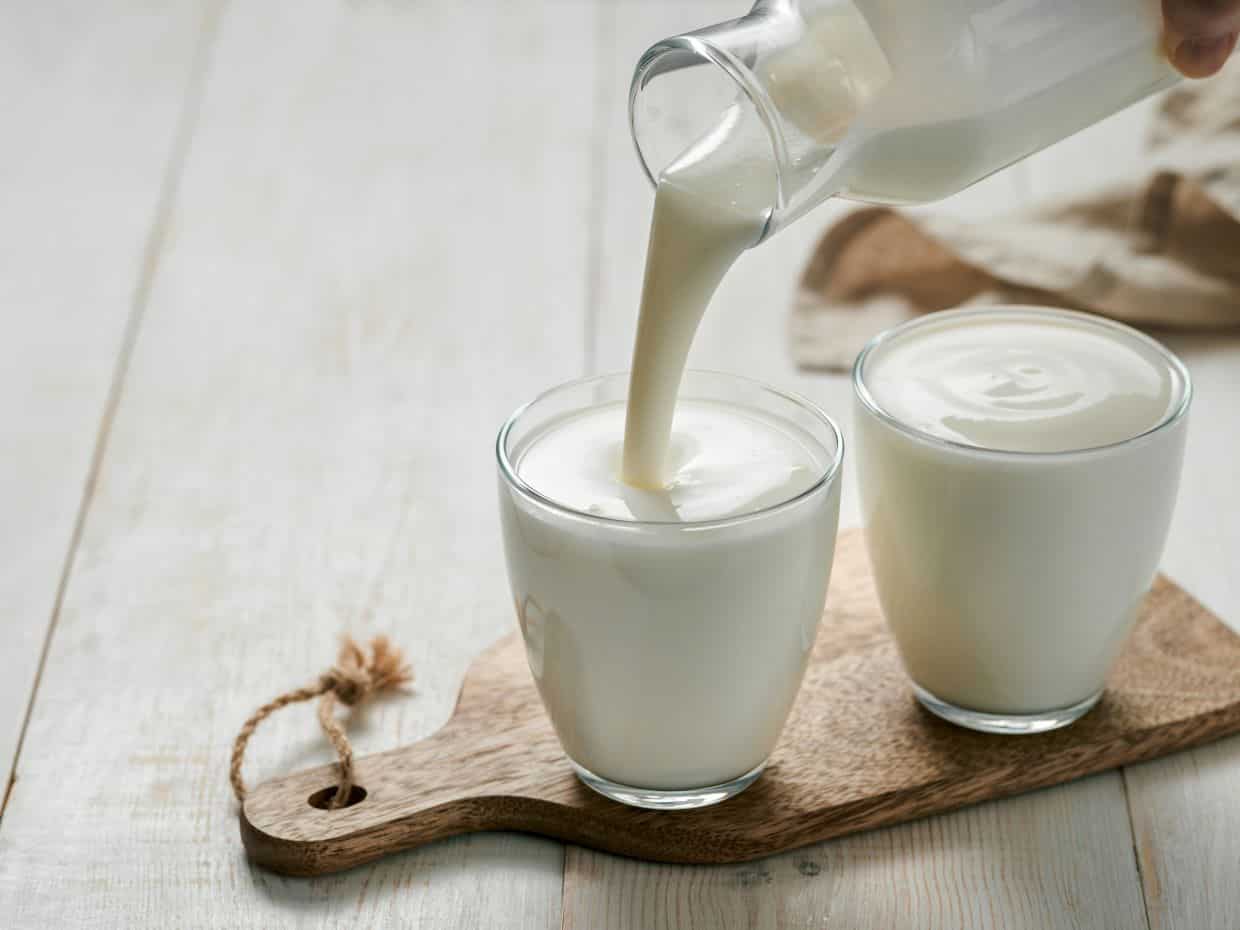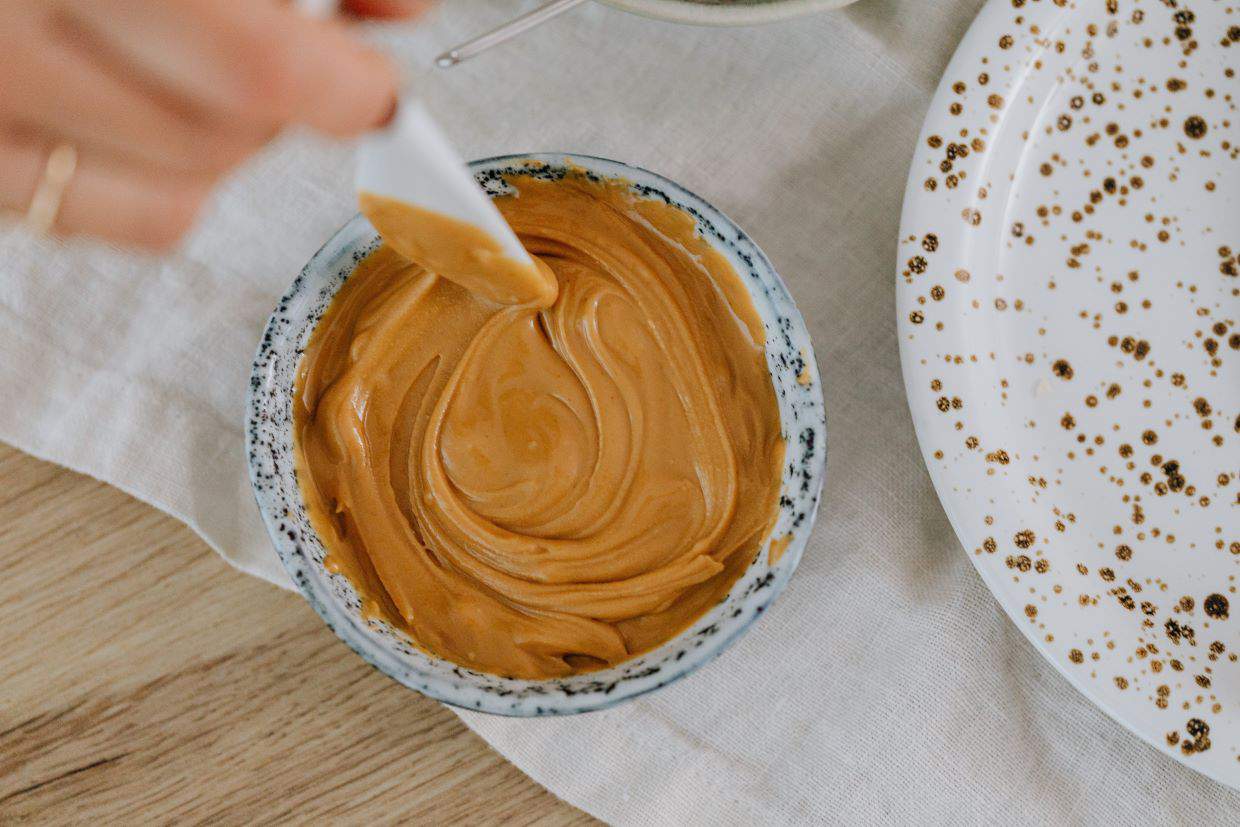Butter, with its rich flavor and versatile uses, has long been a staple in kitchens around the world. However, health-conscious cooks, professional chefs, those with specific dietary needs and home chefs who find themselves short on ingredients may be looking for a butter substitute.

Many butter substitutes are available from plant-based spreads to oils and other alternatives. No matter why you need an alternative to butter, we will look at several options and how to use them in your recipes.
Why butter — and butter substitutes — are necessary
Here are a few reasons why you need it:
- Butter adds flavor and texture.
- It helps baked goods rise and adds softness and moisture.
- Butter aids in leavening and helps bind ingredients.
- It’s an emulsifier — it helps blend and stabilize the ingredients.
- Butter promotes browning and helps with flavor development.
Common butter substitutes
When using a butter alternative, keep in mind that it may change the texture or flavor of the dish. Not all substitutes are 1:1 so you may have to add to or reduce other ingredients to make them work.
Vegetable oil
Vegetable oil provides the fat content that butter does but not the water, so baked goods will be more dense. Use ¾ cup of oil for every one cup of butter the recipe calls for. It is best for cakes, quick bread, muffins and savory dishes. It also works for sautéing, stir-frying, frying and sauces.
Olive oil
Olive oil has a more distinct flavor than vegetable oil and will add a savory flavor to your baked goods. Use ¾ cup of oil for every one cup of butter the recipe calls for. For baking, use extra virgin or light olive oil. It works best in recipes that call for melted butter like cakes, muffins and quick bread.
The distinct flavor of olive oil can enhance the taste of salad dressings and dips when a recipe calls for melted butter. Olive oil also works for sauteing, stir-frying, sauces and roasting.
Coconut oil
Coconut oil has a high fat content and adds a distinct flavor to your baked goods. It can be used as a 1:1 substitute for butter. Always measure coconut oil in its solid form, except in recipes where melted butter is called for. It works best as a substitute for butter in cookies, cakes, quick bread and pie crusts. Coconut oil also works well in sauteing, stir-frying, frying and sauces.
“My favorite butter substitute is coconut oil. I add it to my morning porridge or when making pancakes and realize that we are out of butter.”
— Tamara, Thriving In Parenting
Applesauce
Unsweetened applesauce helps lower the fat content and acts as a binder and helps add moisture. Due to the lack of fat, the final product will be denser. Use ½ cup of applesauce for every cup of butter the recipe calls for. It works best in cakes, muffins, quick breads and pancakes.
Buttermilk

Buttermilk adds moisture and a tangy flavor to your recipe. It can be used as a 1:1 substitute for butter. It works best in cakes, muffins, quick bread and pancakes.
Shortening
Shortening is a solid fat and has a higher boiling point than butter, which may affect the texture. It can be used as a 1:1 substitute for butter but may have a different flavor. Shortening works best in cookies, pie crusts and frostings.
Greek yogurt
Plain Greek yogurt has a lot of moisture and adds some tang to the flavor. It adds a velvety texture and lots of protein to your recipe. If the recipe calls for more than ½ cup of butter, use ½ cup of Greek yogurt for every cup of butter. If the recipe calls for ½ cup or less, use ½ cup for every ½ cup of butter. Greek yogurt is best in cakes, muffins, quick breads and pancakes.
Avocado
Avocado has a similar fat content to butter and takes on the flavors around it so it doesn’t affect the flavor of the recipe. It can be used as a 1:1 substitute for butter. Avocado works best in cakes, muffins, quick breads and brownies.
Pumpkin puree
Pumpkin acts as a binder, just like butter. It will make baked goods denser and affects the flavor and color. Make sure the flavor goes with the baked good you are making. Use ¾ cup of pumpkin for every cup of butter. Pumpkin puree works best in cakes, muffins, quick bread and pancakes.
Sour cream
Sour cream adds moisture and tanginess to the final product. Add sour cream when the wet ingredients are called for in your recipe. Use ½ cup of sour cream for every cup of butter. Sour cream works best in cakes, muffins, quick bread and pancakes.
Nut butters

Peanut butter, almond butter and cashew butter can be used in place of butter. For best results, add nut butter and oil in place of butter. For every cup of butter, add ½ cup of nut butter and ½ cup of oil. Nut butters will result in a denser baked goods so they are best for cookies, bars, smoothies, sauces and spreads.
Seed butters
Tahini — sesame seed butter and pumpkin seed butter add flavor, moisture and healthy fat. Use ½ cup of seed butter for every cup of butter. Seed butters work best in cookies, bars, smoothies, sauces and spreads.
Silken tofu
Silken tofu adds moisture, texture and protein to the final product. For every cup of butter that is called for, use ½ cup of silken tofu. In order to use silken tofu, make sure it is unflavored and unsweetened. Drain it and pat it dry with a paper towel, then place it in a blender until it is smooth and creamy.
When adding to the recipe, add silken tofu when you add the wet ingredients. You may need to add more baking powder or baking soda so your baked goods rise properly. Silken tofu works best in cakes, muffins, quick bread and cookies.
Final thoughts
Keep in mind, most butter substitutes will affect the flavor and/or texture of the final product. Try different butter substitutes until you find one you like that works for what you are making.
Heidi is a Certified Elementary School Teacher in the Inland Northwest and has been teaching for 17 years. She is also a vintage recipe blogger at RealLifeofLulu.com, where she focuses on recipes that are at least 50 years old, many from her grandparents’ kitchens. When she isn’t teaching or baking, she loves spending time with her husband and three kids.